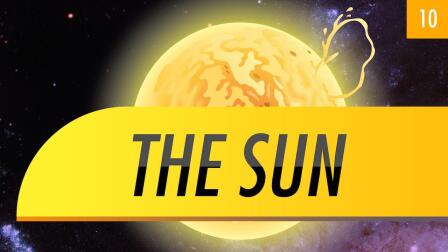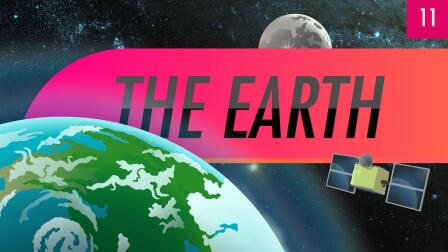Back to Show
Crash Course Astronomy
Telescopes: Crash Course Astronomy #6
Season 1
Episode 6
Today Phil explains how telescopes work and offers up some astronomical shopping advice.
Support Provided By

11:46
Binary stars are gravitationally bound together in the same system.

12:11
Stellar mass black holes form when a very massive star dies, and its core collapses.

12:42
In the aftermath of a some stars we find a weird little object known as a neutron star.

12:02
Massive stars fuse heavier elements in their cores than lower mass stars.

11:09
What comes next after the death of a low mass star? A white dwarf.

12:02
Today we are talking about the life -- and death -- of stars.

11:05
Brown dwarfs have a mass that places them between giant planets and small stars.

11:49
There are many other planets outside of our own solar system, but finding them is tricky.

10:40
Phil explains stars and how they can be categorized using their spectra.

11:20
How do astronomers make sense out of the vastness of space?

10:33
In order to understand more of universe, we need to talk a little bit about light.

11:21
What the difference between a meteor, meteorite, and meteoroid?











